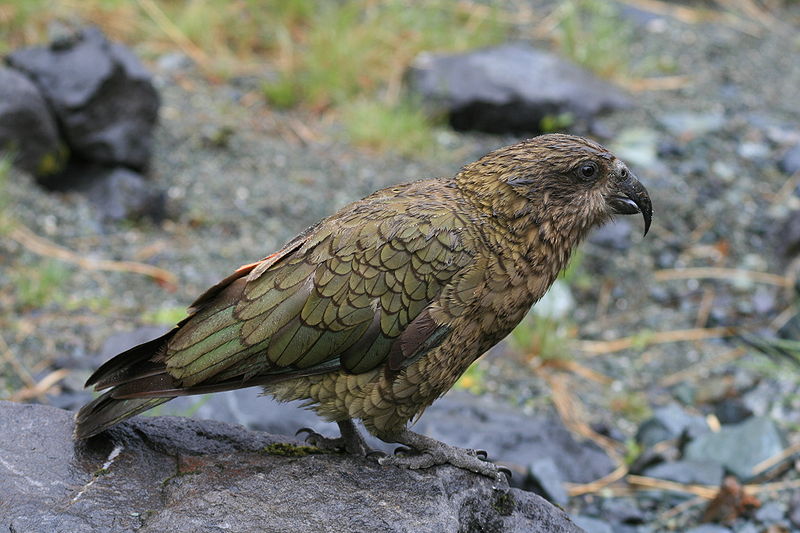 Toucans and their relatives are among the most recognizable of all birds, and highly desired as pets. Captives can be most engaging, but few private bird keepers have room for the large, better-known species such as the Toco Toucan. The smaller Aracaris and Toucanets, however, are more easily accommodated. Today I’d like to continue with my overview of this delightful group of birds by introducing the Spot-Billed Toucanet, Selenidera malirostris (please see below for articles on the care of other species).
Toucans and their relatives are among the most recognizable of all birds, and highly desired as pets. Captives can be most engaging, but few private bird keepers have room for the large, better-known species such as the Toco Toucan. The smaller Aracaris and Toucanets, however, are more easily accommodated. Today I’d like to continue with my overview of this delightful group of birds by introducing the Spot-Billed Toucanet, Selenidera malirostris (please see below for articles on the care of other species).
Natural History
Spot-Billed Toucanets are native to southeastern Brazil and adjacent portions of Argentina and Paraguay, where they favor primary rainforest. In common with the 37-40 related toucan species, they mainly forage in pairs or family groups, and generally stay to the mid or upper levels of the forest (ground feeding has been observed, however). Read More »
 That Bird Blog – Bird Care and History for Pet Birds
That Bird Blog – Bird Care and History for Pet Birds




